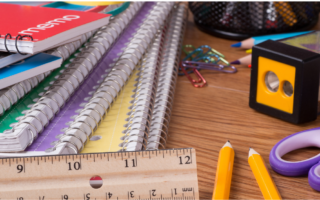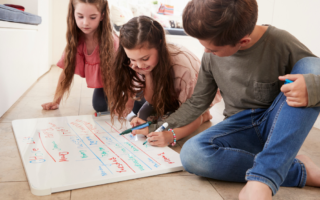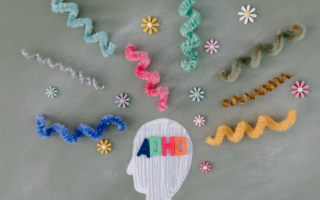Hey there, fellow parents! If you’re anything like me, raising a child with ADHD—and in my case, also anxiety—has probably stretched you in ways you didn’t expect. There are days when you feel like a parenting rockstar and others when you’re just hanging on for dear life with coffee in one hand and a meltdown in the other.
Through it all, one of the tools that’s truly changed the game for our family has been positive behavior management. I didn’t come into this parenting journey knowing what that meant. In fact, like many of us, I was raised in the “consequences-first” generation. But when I started focusing more on what was going right instead of only correcting what was going wrong, everything started to shift.
In this post, I want to share how positive behavior management has helped my child feel more regulated, more confident, and less anxious—and how it’s helped me become a calmer, more connected parent. I’ll also include a few links to expert-backed articles so you can dive deeper into the research if you’re curious.
What is Positive Behavior Management?
Positive behavior management is all about encouraging the behaviors you want to see more of, instead of constantly punishing the behaviors you don’t. Think of it as flipping the script—focusing on praise, encouragement, and proactive strategies to help kids succeed.
This approach is especially powerful for kids with ADHD, who often struggle with impulse control, focus, emotional regulation, and transitions. It also works beautifully for kids who experience anxiety, as it helps them feel safer, more predictable, and less afraid of “messing up.”
Rather than creating a fear-based environment where the child is always bracing for correction, positive behavior strategies build trust, reduce power struggles, and reinforce the behaviors we want to see.
Why It Works for Kids with ADHD and Anxiety
1. ADHD brains crave structure and predictability
Kids with ADHD often thrive when expectations are clear, feedback is consistent, and routines are reinforced. Positive behavior systems (like reward charts, token systems, or consistent praise) help give them a sense of order that their brains may naturally lack.
Instead of always feeling like they’re “getting it wrong,” they start to expect success—because we’re noticing and reinforcing it.
2. Anxious kids need safety, not pressure
For kids with anxiety, frequent correction or harsh discipline can backfire. It heightens their fear of failure and can lead to avoidance, perfectionism, or shutdowns. Positive behavior management creates a safe emotional space, where kids know that effort matters and mistakes are okay.
When my child feels seen for trying—even if the result isn’t perfect—his anxiety lowers and his willingness to keep trying increases.
3. You create a “team” dynamic, not a power struggle
Let’s be real: parenting a neurodivergent child can sometimes feel like you’re constantly in correction mode. But when you switch to praising good behaviors—however small—you shift the energy. Suddenly, you and your child are on the same team, working together, instead of butting heads.
What Positive Behavior Management Looks Like in Real Life
Let me give you a few examples of how we use it in our house (because theory is great, but real-life examples are better, right?):
1. “Catch them being good” moments
Instead of only commenting when my son is off task or fidgeting too much, I try to catch the moments when he’s doing something helpful, kind, or even just following a routine.
“Hey! I noticed you started your homework without me reminding you. That’s awesome.”
“Thanks for hanging up your backpack without me asking—high five!”
This kind of praise doesn’t need to be over the top, but it helps reinforce the behavior and makes him feel successful. Kids with ADHD often hear more correction than praise. I try to flip that.
2. Visual rewards and motivation
We used a very simple reward chart system when my son was young, then went onto digital chore charts which included behavior. Now, as we embark upon the teen years I am researching different ways for it to still be effective.
This has helped take me out of the role of “nagging mom” and put the responsibility more in his hands—something that builds executive function and confidence.
3. Consistent routines = less chaos
Routine is a form of positive behavior management too! We’ve structured our mornings and evenings so my son knows exactly what to expect. That alone has lowered anxiety and made transitions smoother.
We use checklists and timers—not as punishments, but as tools to help him stay on track.
For parenting classes, I highly recommend checking out my resources page for more information.
The Parent Bonus: Less Stress, More Connection
Here’s the part I didn’t expect: Positive behavior management helps ME, too.
When I shifted from “What now?” to “What’s working?”, I became less reactive and more tuned-in. I no longer felt like I was constantly correcting—instead, I was noticing progress and celebrating it. That’s huge when you’re parenting a child with ADHD and anxiety, where emotional burnout can be very real.
I’ve found that our home feels more peaceful when I:
- Praise the small stuff
- Avoid shame or blame language
- Stay consistent (even when I’m tired!)
- Use positive reinforcement instead of threats










